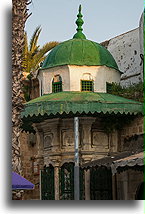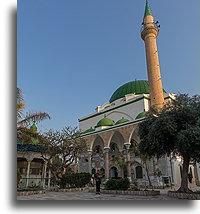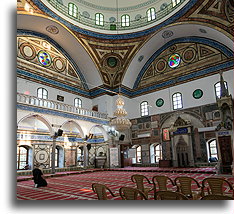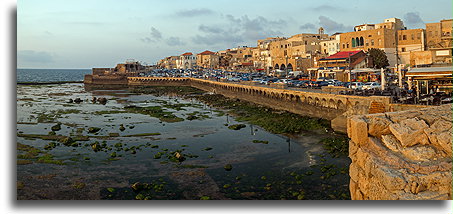
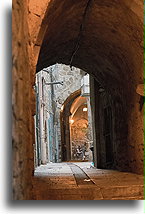
This city in northern Israel is known by many names, Akko in Hebrew, Akka in Arabic, Saint-Jean-d'Acre in French, or Acre in English. This seaport has been an access point to Palestine from the ancient times. During the Christian period city became the most important port of the Eastern Mediterranean. It was a gateway to the Holy Land as well as and also a place of trade, allowing easy access to Asian spices. All that allowed crusaders quickly grew rich. All three Christian military orders marked their presence in the city. After the fall of Jerusalem in 1187, the city went under administration of the Knights Hospitaller. The Knights Templars—who left behind their first headquarters in the Temple Mount in Jerusalem—relocated here too. During Second Kingdom of Jerusalem, German merchants founded a field hospital in Acre, which became the nucleus of the Teutonic Order. From the Crusaders times survived to this day and reconstructed are the parts of the Hospitaller fortress with the impressive refectory. The Templars stronghold did not survive. The only remnant is the 150 meters long tunnel, which served as an underground passageway connecting the strongest fortress in the city with the harbor.
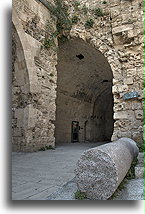
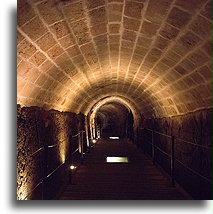
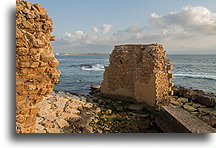
Acre's population included not only Military Orders and knights, but also Crusader nobility, merchants, and monks. Among the inhabitants, one could find Muslims, Jews and Oriental Eastern Christians. People in Europe had a negative image of the Crusaders and of Acre's inhabitants in particular. The Christian part of the population in the Holy Land was accused of having low morals and sinful customs with interests only in life of luxury.
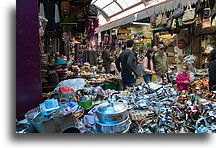
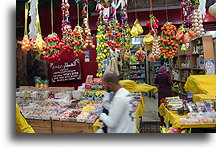
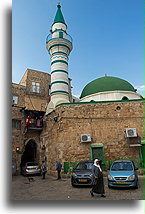
The Crusaders found an existing sugar industry in Palestine. They improved the production methods and sugar cane became one of the primary crops. Military Orders and Italian merchants cultivated it. Crystallized sugar was exported to Europe, where only the richest could afford this rare and expensive delicacy.
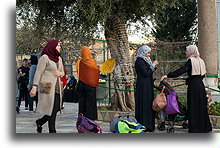
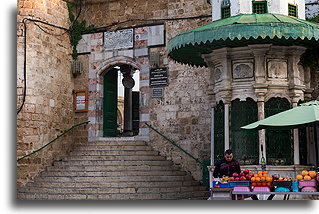
After the Muslim conquest in 1291, the medieval Acre was completely demolished. On the rubble of the city, the ruling Ottoman Empire erected mosques, bathhouses and other new facilities. The Al-Jazzar Mosque is the biggest in the city; it was built on the ruins of the crusaders church. Stones used for its construction came mainly from the ruins of the Crusader Fortress in Caesarea. The Al-Jazzar Mosque is an perfect example of the combination of Byzantine and Persian styles, typical of Ottoman architecture. This is a traditional mosque building with a towering minaret, surrounded by an arcaded courtyard. The main area inside the building designated is for men, while women use the upper floor gallery. The dome painted is green, as is the roof of a small sabil (kiosk) standing next to the entrance. In the past sabil was used for dispensing chilled drinking water.
